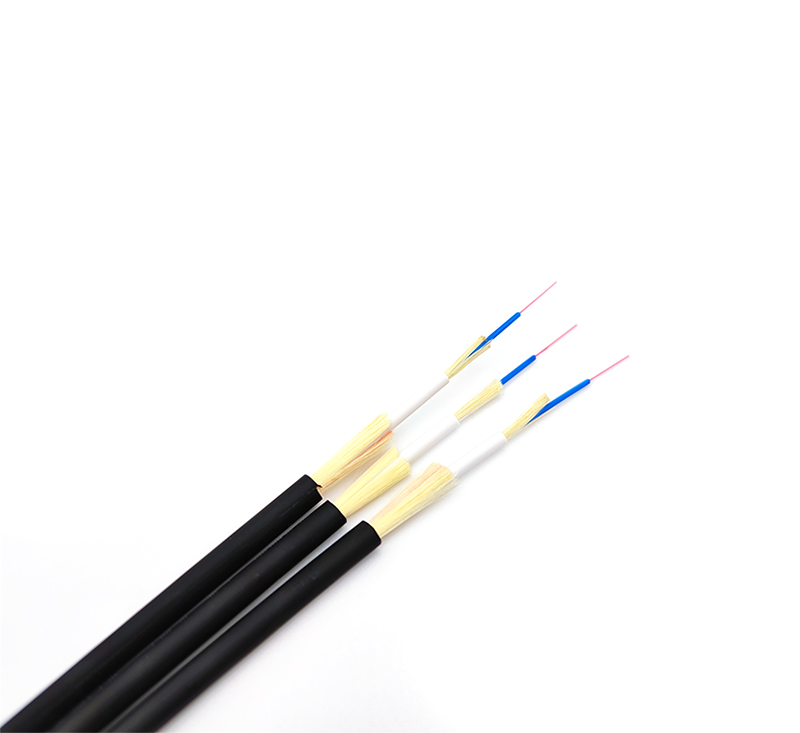1. Specific features of single multimode fiber optic cable:
1. The single-mode optical cable (9/125) has a very thin central glass core (the core diameter is generally 9 or 10 μm), and can only transmit light in one mode. Therefore, its intermodal dispersion is very small, which is suitable for long-distance communication, but there are also material dispersion and waveguide dispersion, so the single-mode fiber has higher requirements on the spectral width and stability of the light source, that is, the spectral width should be narrow and stable. be good!
2. Use of single-mode fiber optic cable: generally used in long-distance transmission communication networks or monitoring equipment, fiber optic cable solves long-distance monitoring obstacles, and effectively implements 24-hour uninterrupted monitoring. preferred product.

3. Multimode fiber optic cable: There are basically two types of multimode fibers, one is graded and the other is stepped. For graded fibers, the refractive index of the core is index) is the smallest at the periphery of the core and gradually increases toward the center point, thereby reducing the modal dispersion of the signal. For the stepped (Stepped Index) cable, the refractive index is basically unchanged on average, and only in the cladding ( cladding) will suddenly decrease on the surface. Stepped fibers generally have lower bandwidths than graded fibers. In network applications, the most popular multimode fiber is 62.5/125, 62.5/125 means the fiber core diameter is 62.5μm and the cladding diameter is 125μm, and the other more common ones are 50/125 and 100/140 .
4. Use of multi-mode optical cables: generally used for short-distance network communication transmission, multi-mode optical cables used in computer rooms are generally indoor multi-mode optical cables, respectively (50/125 62.5/125)
2. Selection of optical fiber and cable: The selection of optical cable is not only based on the number of optical fibers and the type of optical fiber, but also the outer sheath of the optical cable according to the use environment of the optical cable. The application of optical fiber network is very common. Structure optical cable, such as the optical cable should be buried directly without pipe, overhead or buried pipe, etc., then choose different structure optical cable, overhead and pipe commonly used armored optical cable generally use GYXTW central bundle type armored optical fiber Optical cable or GYTA loose-sheathed stranded armored optical fiber cable, GYTS layered stranded armored optical cable, etc. Metal heavy-armoured optical cable for direct burial is generally of layered structure such as: GYTA53 loose-sheathed stranded reinforced core armored optical cable, GYTY53 single-armoured double-sheathed direct-buried optical cable, non-metallic optical cable used in electric power and industrial control fields, such as: ADSS power optical cable, DCHTY loose-sheathed stranded non-metallic reinforced core optical cable, according to different optical fiber lengths and network bandwidth requirements You can choose the following different modes of fiber multimode 62. The gigabit length on the 5/125 core diameter does not exceed 275 meters, 50.5/125 gigabit length on the core diameter does not exceed 550 meters, and the single-mode 9/125 core diameter does not exceed 1,000 meters. There is no limit to the mega length. The price of single-mode is cheap. Since the optical fiber network is a system composed of many optical fiber products, it is hoped that customers can choose a complete series of products. Because optical fiber network construction and testing instruments and tools are very expensive, and professionals are required to conduct construction testing, it is better to choose products from companies with strong service capabilities.










